Most healthy eating advice is focused on what to subtract from your diet. “Don’t eat meat… Don’t eat dairy… Don’t eat eggs… Don’t eat sugar… Don’t eat refined grains.” That is all important, but what about the things we should be adding to our diets as well?
In many cases, what we do eat is more important than what we avoid. There is a good argument to be made that adding some nutrient powerhouses into your daily diet might be even more beneficial than getting rid of the unhealthy foods.
One recent example I came across is this – if you’re going to eat a terrible meal of chicken, white rice and eggs, adding just a tablespoon of kale powder will blunt the blood sugar spike of this meal. You’re not taking anything away, you’re simply adding a healthy ingredient in addition to the unhealthy ones and your health improves (source).
In other words, pizza with a mountain of arugula might be better than no pizza and no arugula (though, obviously, a mountain of arugula and no pizza would be best).
With that in mind, I put together this monster reference guide of what I consider to be the healthiest foods that I try to squeeze into my diet every single day. No matter what your diet looks like right now, simply incorporating most of these foods on most days could have a dramatically positive effect on your health in terms of reducing inflammation (which seems to be at the heart of every major diet-related disease), fighting cancer, maintaining a healthy weight, lowering blood pressure, slowing the effects of aging, boosting mood, enhancing athletic performance, and much more.
To make this list, I first dug into a bunch of research so I could explain why each of these are so helpful, and then I provided a section of my own recipes and suggestions of how you can incorporate them into your diet.
What I love about this list (and healthy food in general) is that all of these are totally normal and affordable ingredients that you can find pretty much anywhere. It’s all about blueberries and chia seeds here, not kombu dashi and umiboshi plums!
[Also, shoutout to Dr. Greger of NutritionFacts.org. I find myself returning to his research over and over again, and much of the links to studies below were originally found through his work. The dude is a genius and I highly recommend his book, How Not to Die and the daily nutrition videos on his site.]
So without further ado, let’s get into the guide…
1. Cruciferous Vegetables (Arugula and Kale)
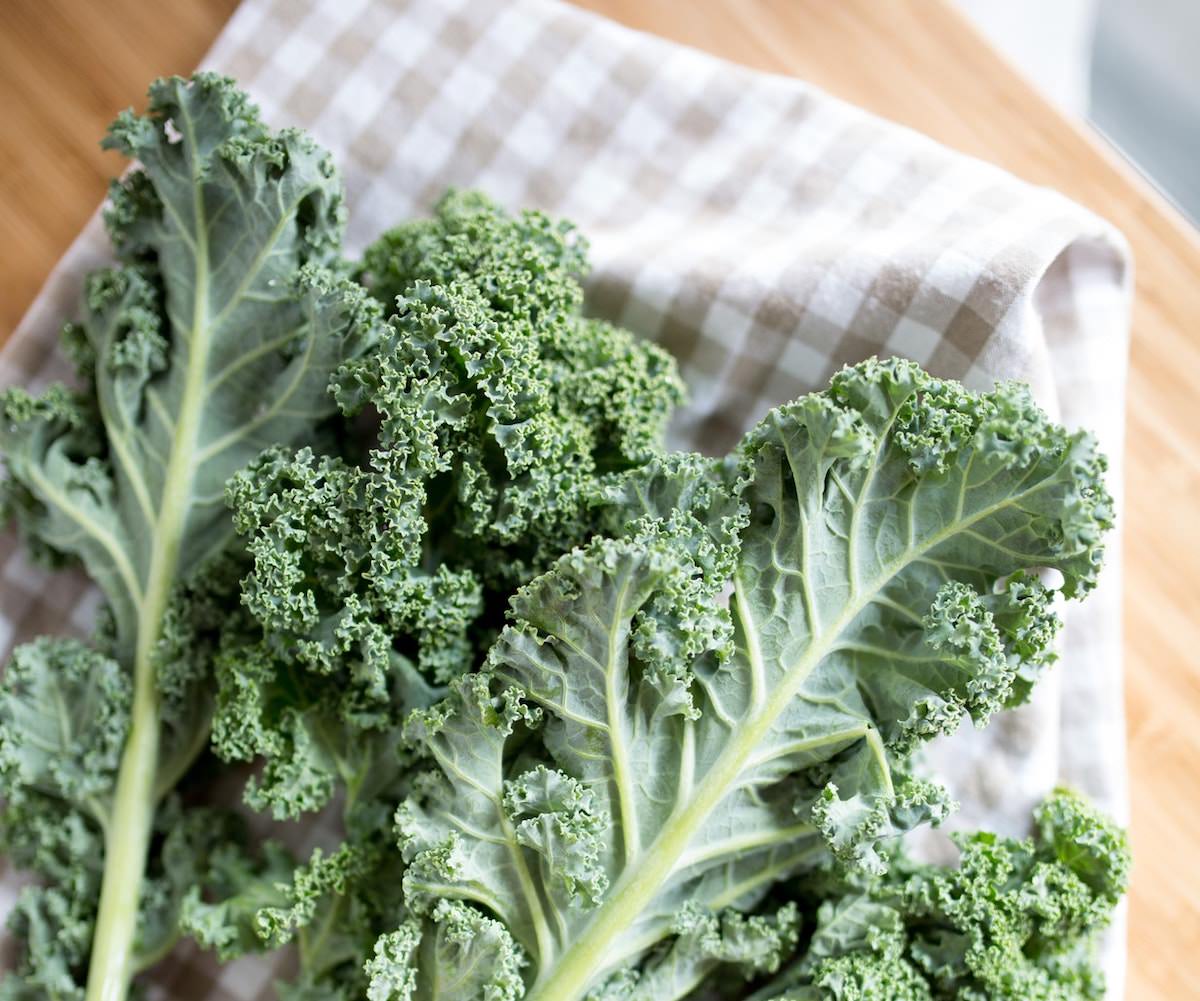
Photo by Laura Johnston.
Cruciferous vegetables include broccoli, cauliflower, and Brussels sprouts. Leafy greens include kale, spinach, and chard. I’m sure you’ve heard about the benefits of each (and you should eat as much of them as possible), but what you may not know is that there’s some crossover – leafy green cruciferous vegetables. The most common examples of these are kale and arugula. This category of greens are perhaps the healthiest thing on the planet because they have all the benefits of both groups.
In terms of the health benefits, I don’t even know where to start with these, but here’s just a few:
- Supercharge liver detoxification – Cruciferous vegetables kick your liver enzymes into high gear. This effect is so clear that you actually have to drink more coffee to get the same effect when eating broccoli because it makes your liver so effective at detoxing the caffeine! (1)
- Lower Cancer Risk – A study found that consumption of cruciferous veggies at least once a week reduced the risk of a whole host of different cancers and there are numerous others showing similar results. (2)
- Lower Blood Pressure / Improve Athletic Performance – Leafy greens are the highest dietary source of nitrates which open your arteries like nothing else. This gives you a boost in athletic performance but also lowers blood pressure by enough to reduce risk of heart attacks and strokes. (3)
- Reduce inflammation – Inflammation, again, seems to be at the heart of most chronic diseases and greens are amazing at keeping it in check. (4)
- Longer Lifespan – a lower metabolism seems to be linked to a longer lifespan and leafy greens lower metabolism. In addition, they increase the length of telomeres (the little tips of your DNA strands that shorten with age and contribute to aging and age-related diseases). (5 and 6)
- And about 100,000 other benefits that we don’t have space to mention here.
HOW TO EAT MORE LEAFY CRUCIFEROUS VEGETABLES:
- Personally, I grab a handful of arugula or kale first thing in the morning and with an evening snack. Just like grabbing some chips, it’s a quick and easy way to get more greens into your diet.
- Make a salad! To spice things up, check out these 3 salad dressings which are my favorite ways to dress a salad (especially the smoked paprika ranch!)
- Steam the greens. Because greens cook down so much, you can get like an entire serving down in 2 bites when you steam them. I wrote a tutorial on how to do this.
2. Beans
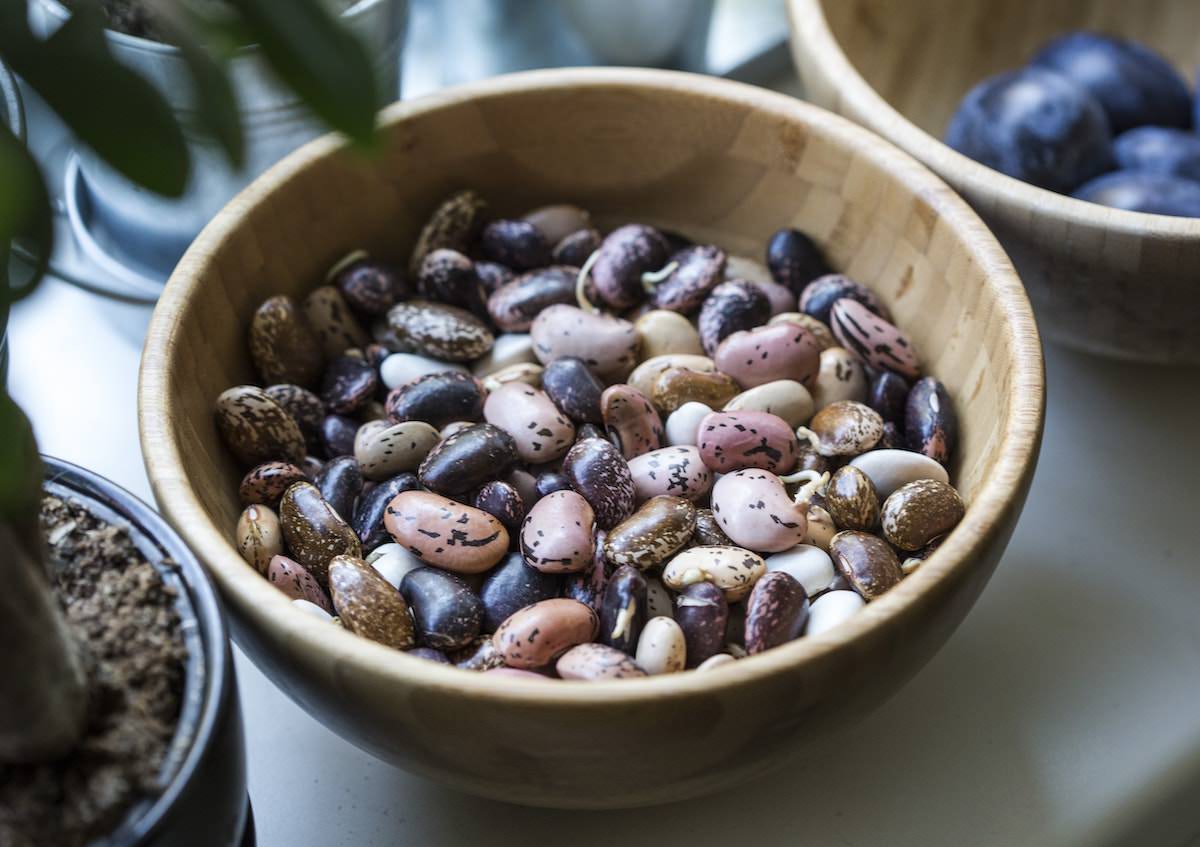
Photo by Milada Vigerova
Beans are a hugely underrated food for both their deliciousness and health benefits. Seriously, few things can have as big of an impact on your overall health than increased consumption of legumes (beans, chickpeas, lentils, peas, etc.) and I try to eat 2-3 servings every day.
Just a quick rundown of some benefits – beans act as a pre-biotic that allow the good intestinal flora to thrive… they are packed with more dietary fiber than almost anything else… they regulate blood sugar levels for 1-2 meals into the future (source)… they have tons of antioxidants (source)… they are an amazing source of protein, along with plenty of the potassium and magnesium lacking in many diets. Best of all, they are one of the most delicious foods on the planet if you ask me.
It’s no surprise, then, that this study found that increased bean consumption was the one food group that reduced mortality and indicated a longer lifespan in older adults.
[If you’re interested in exploring the value of beans in more detail there’s a fantastic mini-documentary on YouTube that I would highly recommend.]
So, which beans are best? Whichever ones you’re willing to eat the most of are probably best. This includes all legumes, from split peas, lentils of all colors, beans, chickpeas, and don’t forget tofu and tempeh.
HOW TO EAT MORE BEANS:
- Use this tutorial to cook a big pot in a slow cooker
- Make a chickpea curry
- Make a black bean soup in 8 minutes
- Or how about some cookies?!
3. Berries
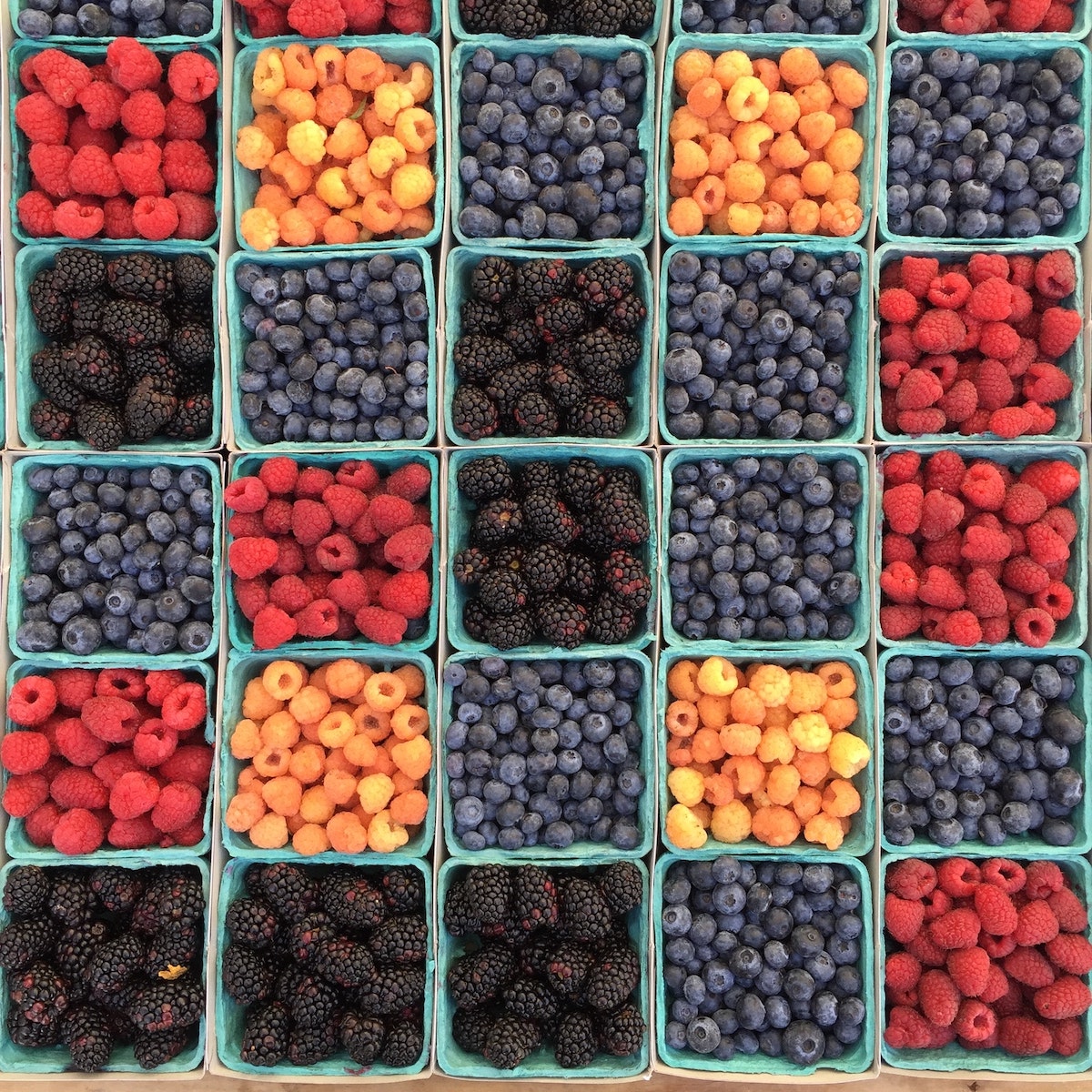
Photo by William Felker
Berries are kind of the perfect food. As much as I love all of the foods on this list, berries are my favorite. Not only are they completely delicious, but they are the second healthiest food group (after leafy greens).
As far as their health benefits, it’s almost like you could just type “berries vs [any negative thing you can imagine]” into Google and you’ll find a thousand research studies about how berries help with this issue. For example, “berries vs. my girlfriend broke up with me” and yup – berries are a proven way to boost your mood and fight depression so they can help with that too.
Here’s a handful of reasons to encourage you to eat more berries every day:
- Brain Boost – There seems to be a strong link between protecting against neurodegenerative diseases (Alzheimer’s disease). And there was even a study of giving blueberries to children before school and it improved their cognitive skills. (1)
- Antioxidants – Some of the highest antioxidant foods on the planet are berries and they also have so many other vitamins and micronutrients, which might be why they are so good at…
- Cancer-Fighting – there’s about a million pieces of research about the benefits of berries to prevent and fight cancer, but here’s one quote from the American Institute for Cancer Research, “All berries, but particularly strawberries and raspberries, are rich in ellagic acid. In laboratory studies, this phytochemical has shown the ability to prevent cancers of the skin, bladder, lung, esophagus and breast.” (2)
- Anti-inflammatory – This is a theme in all the foods on this list because inflammation seems to be a central issue in many diseases. Berries are amazingly anti-inflammatory (3)
- Blood Sugar Control – Numerous studies have found that they help regulate blood sugar levels. (4)
HOW TO EAT MORE BERRIES:
- My favorite way to eat berries is to simply eat a handful of fresh berries 2-3 times per day on their own (when in season) or to have a bowl of frozen berries with a drizzle of almond milk in the off season.
- Make a quinoa breakfast skillet and throw in a ton of mixed berries.
- Make an instant chia jam with warmed berries and chia seeds, as in this superfood breakfast sundae.
4. Other Fruit
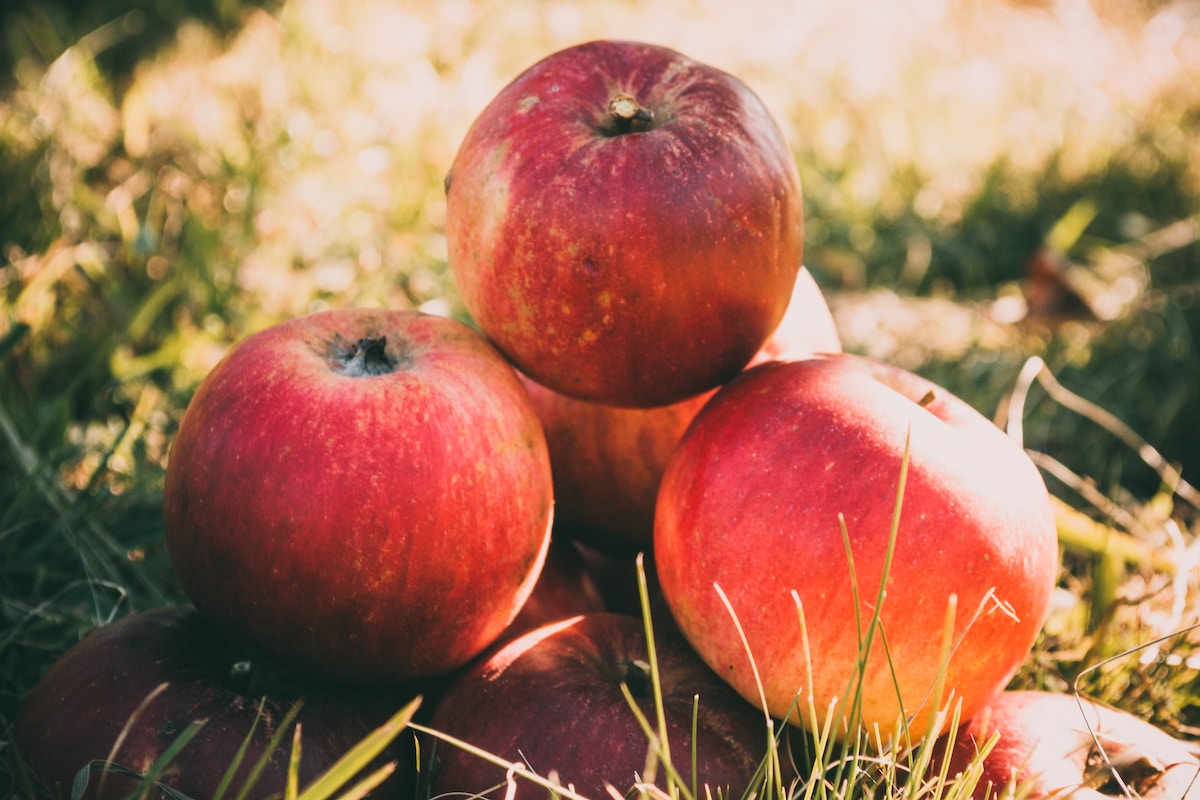
Photo by Andrii Podilnyk
A huge 2012 study (Global Burden of Disease) found that one risk, above all the others, was responsible for 4.9 million deaths a year. What was it? Not eating enough fruit. Researchers determined that eating one extra serving of fruit per day could result in 30,000 lives and $5 billion in medical costs saved each year in the United States alone.
Another study of older Australian women found that an apple a day reduces risk of death by 35%! Imagine a miracle drug that reduces your chances of dying by 35% and only costs like $.50. An apple a day…
But… but… fruit is bad! Fruit has fructose and fructose is bad! Sugar! Bad! Strangely, it only seems to be added sugar that has negative effects on our health and weight. Even (especially) for diabetics, extra fruit seems to be seriously beneficial. This one study even gave people a hilarious 20 servings of fruit every day and found no adverse effects.
As always, it’s much better to get this fruit in the form of real, whole fruit. Juices aren’t nearly as helpful, and smoothies are better but still not as effective as eating the whole fruit with the fiber and nutrients intact.
What types of fruit? Basically anything you want. Berries (above) are amazing, but also citrus fruit, cherries, apples, pears, stone fruit, and anything else that is local and in season.
HOW TO EAT MORE FRUIT:
Obviously, there are a hundred different kinds of common fruit and I could give you a hundred suggestions for each. The biggest thing is just to be mindful that fruit is good for you and it’s a good idea to squeeze in a few extra servings here and there. How?
- Have a piece of fruit as a snack. Nature has these amazing packaging systems (i.e. skins) that make it so easy to grab an apple, banana, orange, pear, or peach and take it on the go with no effort.
- Make some “nice cream” from frozen bananas and throw in other fruit as well
- Peach cobbler pancakes, anyone? Or maybe some Apple Pie Oatmeal?
- Throw a handful of fruit onto your morning oatmeal or chia pudding.
5. Mushrooms
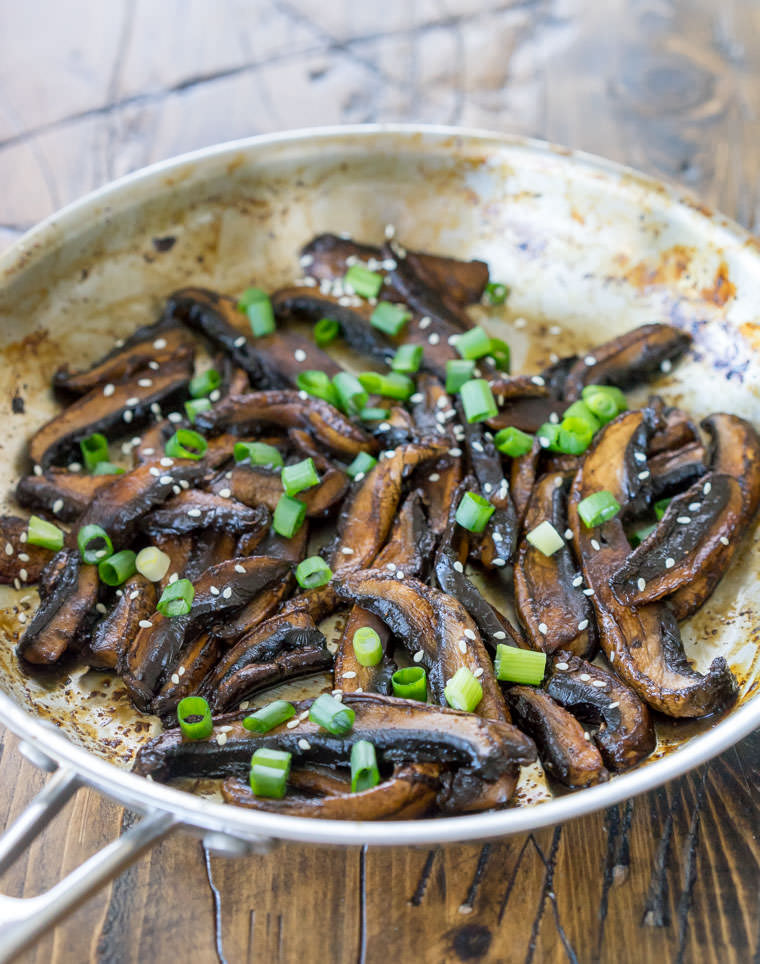
Technically, mushrooms aren’t exactly a “plant-based” food. Fungi are part of their own kingdom that is separate from plants or animals. So vegans who eat mushrooms should really start calling themselves plant-and-fungi-based…
No? Okay. But no matter what you call mushrooms, eat more of them! They are one of my favorite foods and I eat them almost every day in one way or another. In addition to being one of the most delicious plant (er, fungi)-based sources of meaty umami flavors, they’re unbelievably healthy –
Mushrooms have tons of phytonutrients and antioxidants and each variety seems to have its own superpower. Many varieties boost immune function, fight cancer, lower cholesterol, reishi seem to have anti-anxiety properties, lion’s mane have been shown to boost brain function and protect against neurodegenerative diseases, and so much more. Even simple white button mushrooms obliterated cancer cells which might be the reason why Japanese women have lower rates of breast cancer (source).
Overall, I would recommend eating a variety of mushrooms throughout the week for the reasons mentioned above. Varieties of fungi can be as different from each other as apples and spinach, so the more variety you consume, the better. A caveat here is that white button, portobello, and crimini are all the same exact mushroom just grown differently. Aim to also include shiitake, oyster, hen-of-the-woods, reishi, or other interesting varieties.
Since I love mushrooms so much, you won’t run out of interesting ways to cook them on my site, here’s some starter ideas:
HOW TO EAT MORE MUSHROOMS:
- Definitely start with my “how to cook mushrooms” tutorial. If you’re not into mushrooms on their own, this recipe might just change your mind.
- Make some setas tacos, one of my all-time favorite recipes on this site.
- Try a no-chicken salad with oyster mushrooms
- Make this savory wild rice with wild mushrooms and other wild things
- Try my favorite soup recipe: quinoa and Mushroom Soup
6. Turmeric
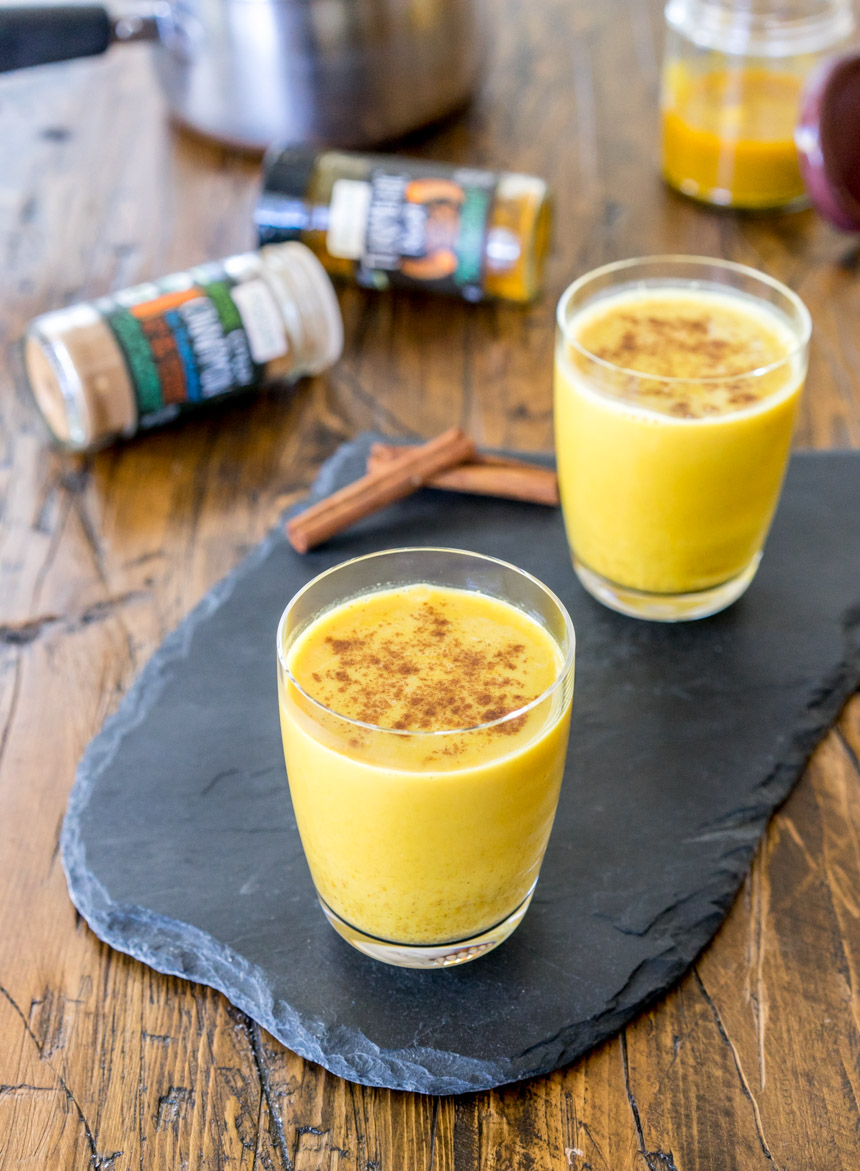
At one point researchers noticed that Indians didn’t have nearly the rates of colon cancer as other populations. Eventually they hypothesized that it was due to the higher levels of turmeric in Indian cuisine. Well, about a hundred studies later, there is good evidence to suggest this. The science is littered with studies that include and go way beyond colon cancer. Here’s a spattering of videos on Nutrition Facts about some of the research behind Turmeric: Boost endothelial/arterial function as much as exercise … Show promise against pancreatic cancer … Fight colon cancer … Prevent Alzheimer’s disease … Help prevent diabetes.
Note: it seems important to pair turmeric with black pepper. A little pepper (or the pepper extract known as piperine) boost the bioavailability / effectiveness of the spice by a ridiculous 2,000%. That’s why most supplements also include piperine.
HOW TO EAT MORE TURMERIC:
- Take a supplement. The thing about turmeric is that it can really stain your teeth / mouth and can sometimes be hard to incorporate into food on a daily basis (there’s only so much curry you can eat). My favorite way is to take turmeric pills. You can simply buy the spice and make your own with veggie capsules, but I started taking this brand on Amazon which is (in my opinion) the perfect blend because it includes 90% pure whole turmeric with a little turmeric concentrate and some black pepper extract. It’s super cheap and much easier than making your own.
- Make a golden chai latte, as seen above
- Make the classic coconut-curried sweet potato and chickpea stew
- Make the tomato and chickpea curry
7. Flax and Chia Seeds
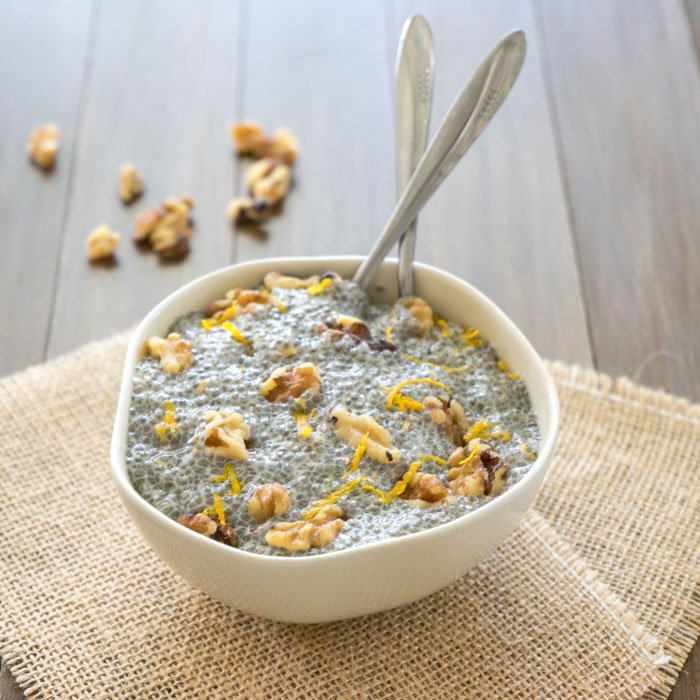
Without getting too nerdy about it, the ratio of omega-3 to omega-6 fatty acids in our diet plays a big role in our overall health. These two types of fats basically fight in our bodies for access to enzymes and it matters who wins – if there’s more omega 3, it creates an anti-inflammatory response that is good for us. But too much omega-6 actually causes inflammation. Therefore, one of the best things you can do is to get plenty of omega-3s in your diet to win this battle.
In the plant-based world, the only foods that have significantly more omega-3’s than omega-6’s are flax seeds and chia seeds. Whereas nearly all other fats (particularly oils) are skewed heavily in favor of inflammation-causing omega-6’s. For this reason, I try to avoid oils and consume at least two tablespoons of flax and/or chia each day.
[Two quick footnotes: 1) both seeds need to be ground in order to fully unlock the fats and 2) You still might want to take a plant-based omega-3 supplement (like Ovega or other brands made from algae) as well because that has a different type of essential omega-3 (DHA), but that is beyond the scope of this article.]
In addition to the omegas, both of these seeds are nutritional superstars. They have tons of fiber (nearly all their carbs is dietary fiber, in fact). And a two-tablespoon serving of chia has 18% of daily calcium and about 30% of magnesium and phosphorous. And don’t forget about antioxidants. Both are amazing, but flax has the upper hand here with an abundance of lignans, and that may be why flax intake has been linked to cancer reduction in numerous studies (source).
In my own experience, I always feel better, fresher, and healthier on the days when I fit these seeds into my diet (and an algae omega-3 supplement). A morning ritual of chia + flax pudding with berries is my favorite, but here’s a full list of suggestions for each.
HOW TO EAT MORE CHIA AND FLAX:
- Make chia pudding (with matcha (see below), with oranges and walnuts, or with coconut and bananas)
- Make some tasty vegan parmesan flax crackers
- Try these veggie burgers (you could boost the amount of flax too)
- Or simply add a bit of flax to your oatmeal
8. Green Tea
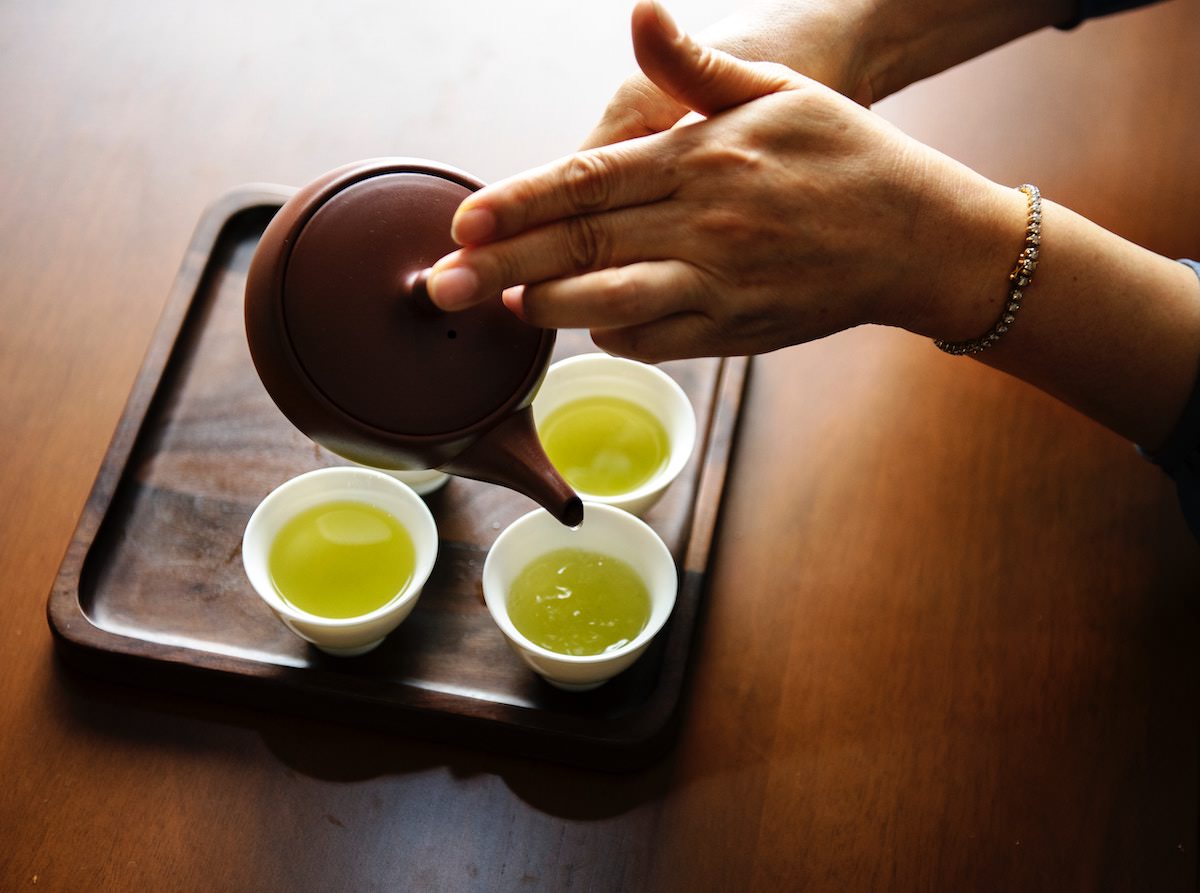
Photo by rawpixel
We already talked about leafy greens and tea is basically just a supercharged leafy green with a lot of really powerful properties (antioxidants!) that can make it a uniquely valuable part of your diet. And the best part is, good-quality tea is so delicious and packs the perfect caffeine* punch, so it’s very easy to get into this daily habit.
*One of my favorite parts about green tea is that the caffeine is paired with theanine, an amino acid that has a really calming, clarifying, “zen” effect. So instead of the jitters of coffee, the boost from green tea is a much lighter, brighter effect.
As one study described it, “…increased tea consumption is associated with a reduced risk of CHD, cardiac death, stroke, cerebral infarction, and intracerebral hemorrhage, as well as total mortality” – all things which I would like to avoid… (source)
In regards to cancer, green tea has such powerful results that it’s hard to ignore. As one study concluded, “Drinking 10 Japanese-size cups of green tea per day delayed the cancer onset of humans 7 years for females” and that green tea is a ” significant factor in primary cancer prevention for the general population.” (source)
Personally, I drink green tea in the form of brewed Japanese sencha or gyokuro, or in powdered form as matcha. The kind and quality doesn’t matter that much in terms of the health benefits (but if you really like tea, o-cha.com is my secret weapon – they’re a Japanese company that will import tea of insane quality directly to you. They’re not sponsoring this or anything, I just love them.)
HOW TO EAT MORE GREEN TEA:
- Drink it! Obviously, you can just brew and drink the tea (no surprise there). If you like the taste of tea as much as I do, this will be an easy daily ritual.
- If you don’t like drinking tea, matcha (powdered green tea is an amazing ingredient in recipes. I use it all the time in matcha muffins, matcha chia pudding, matcha energy bars, and something really weird.
Bonus: Cardio Exercise

Photo by Bruno Nascimento
I know, this isn’t exactly something you eat, and I know you’re already aware that exercise is good for you, but it felt wrong to leave this off of the list because exercise seems to work alongside a healthy diet to amplify the effects of both. Personally, 25-45 minutes per day of intense cardio exercise (running) is essential for me to function properly. More than any of the foods above, this has such a positive effect on my daily energy and wellbeing that I had to include it here. The reasons are too numerous to detail, but they include literally every benefit mentioned in all of the above foods – anti-inflammatory, brain boosting, bone strengthening, cancer fighting, anti-aging, and so so so much more.
I’ll spare you all those studies, but the one that I find most fascinating (and that I feel most strongly on a daily basis) is that cardio seems to literally scrub your brain clean. Though it’s not yet fully understood how these processes function, it seems that as you exercise, blood flow and pressure increase in the brain and help to pump out waste products that accumulate during the day (source) leaving you feeling fresher, brighter, happier, and more alert.
***
Perhaps the thing I would most like you to take away from this list is that it’s not just one thing, one time, that makes a difference. An extra shot of turmeric once isn’t going to have much impact, but turmeric + greens + berries every day for a decade is where it becomes significant.
Nutrition is complicated, and it seems that the complex, cumulative effect of various foods and compounds working together is what leads to health and wellbeing over the long term. In other words, the interplay between all these phytonutrients is just as important as their individual impacts, as one research study puts it:
“It is now well known to consumers around the world that certain fruits and vegetables can help prevent or treat chronic human diseases. But, what many people don’t fully appreciate is that it is not a single component in these plant-derived foods, but rather complex mixtures of interacting natural chemicals, that produce such powerful health-protective effects. These natural components accumulate simultaneously together in a plant, and provide a multifaceted defensive strategy for both the plant, and the human consumer.” (source)
The more of each of these that you can squeeze into your diet, and the more often, the better.

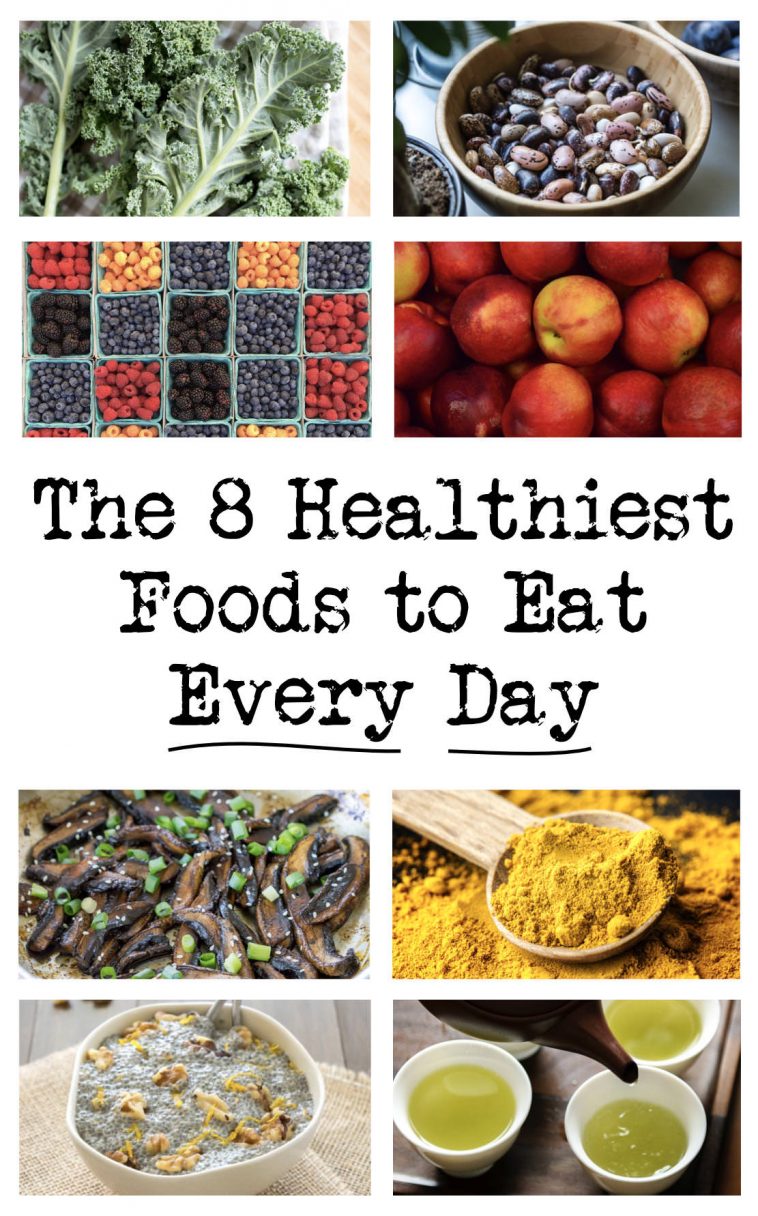
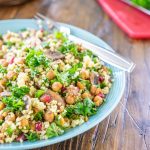


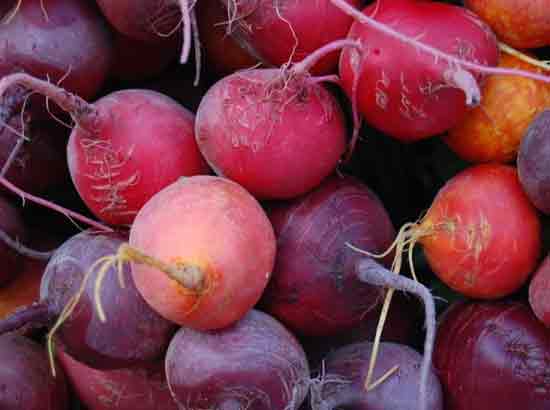

Loved this article! Even before I was diagnosed with breast cancer in March 2018, I was incorporating your recipes while changing my diet. Once I was diagnosed, I went all in, became a vegan, made exercise a strict proirity (instead of just when I felt like it), and just changed so much about my life. I believe more in natural healing than standard medicine and from what I read, diet is EVERYTHING! Thank you for all the great ideas! I come up with many of my own concocctions but changing things up and having new recipes to try makes me soooo happy. Thanks so much!
Carol Luchsinger
Ah I’m sorry to hear about the diagnosis, Carol, but it sounds like you’re on the right track and I hope you’re doing well. Diet absolutely does seem to play a role in many diseases, so high five for kicking your health into high gear this year!
This is great–thank yo so much for sharing it!
Thanks, Judy! I’m glad you like it 🙂
This is great, thank you!
Your efforts are appreciated Andrew.
You’re very welcome, Pauline! I’m glad you found it useful 🙂
Legendary article! Only thing that was left out is that all this information results in happy people which overall makes a better world for us all. Health is everything!!!
Thanks, Dexter! That’s the thing, the knock-in effect of good health really touches all areas of our lives and those around us, doesn’t it?
Great informative article.
You discussed berries and some other greens that have been noted as high in pesticides.
What’s your take on going organic on these foods.
I loved this article & have been sharing it with family and friends— thank you so much!
I went ahead and purchased the ovega-3 softgels you posted, but later learned they contain an ingredient which is pretty dangerous (carrageenan). It’s a natural ingredient derived from red seaweed, has no nutritional value, and is used as a thickening and emulsifying agent. But apparently it is linked to IBS, inflammation, and even colon cancer. Oh boy! I would love to hear your thoughts on this. 🙂
This is great, great information, gracias!!
A bit surprised that sweet potatoes didn’t make the list or avocados : )
Very informative article… Plus I agree with you berries is the second most healthiest food in the world. They are high antioxidants that we need in our day to day life.
The secret to good health is to avoid fat, salt, and cholesterol. So evidently, a vegan diet is best, but also avoid plant-based foods that are high in fat such as nuts, avocados, olives, etc. When I go into a supermarket and pick up processed food, the first thing I do is read the list of ingredients to ensure that there are no animal products in the food. Next, I look at the nutrition box to check how much fat, salt, and cholesterol is in the food. There is no need to check for sugar because there is no fat in sugar. Sugar is fat-free! So you can eat as much sugar you like. For my 5 servings of fruit and vegetables per day, I purchase 2 or 3 big bottles of fruit drink. Then all I need to do is drink 5 or 6 fruit drinks per day to get my fruit and vegetables.
Thank you for the the information.
seriously unbelievable how bad, lame and even dangerous this information is and that you have nothing better to do than troll someone’s blog who is working their tail off trying share his health journey and what works so well for him in hopes of helping others in theirs.